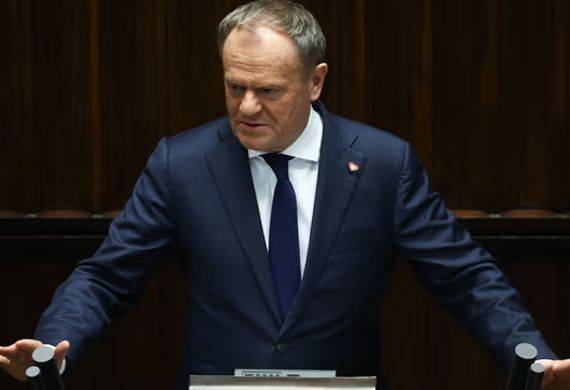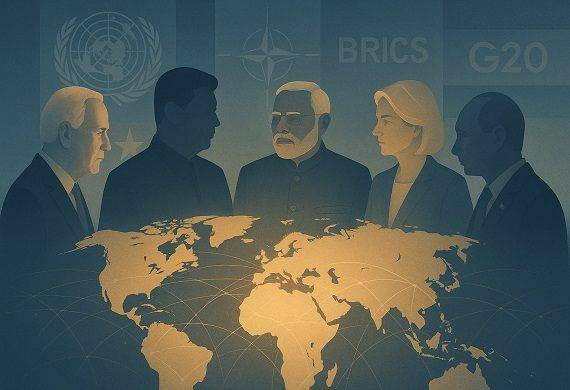Poland Plans to Strengthen Defense with Voluntary Military Training Initiative
By Global Leaders Insights Team | Mar 11, 2025

Prime Minister Donald Tusk of Poland declared through a TG3 TV broadcast that his government would launch an initiative for voluntary civilian military training. This initiative aims to educate 100,000 annual recruits by 2027. Next year will mark the beginning of a program designed to build an extensive reserve force as Poland addresses escalating security threats because of Russia’s military actions against Ukraine.
Before a government meeting Tusk expressed the need for immediate action on the initiative, stating, “The most important thing for us is that every person interested can participate in such training no later than 2026. And that is a difficult task, but I know it is doable.” He added, “In 2027, we will achieve the ability to train 100,000 volunteers per year... Apart from the professional army and beyond the Territorial Defence Force, we must de facto build an army of reservists, and our actions will serve this purpose.”
After the recent government decision to support military training for all adult males the announcement serves as another indicator of Poland's active defense preparations against Moscow. Defense efforts of Poland dramatically strengthened after Russia invaded Ukraine three years ago and the country now exceeds all NATO members in defense spending as a percentage of GDP. The initiative represents a component of an extensive plan to build national resilience together with deterrence capabilities.
The voluntary training program exists alongside Poland's existing professional army and Territorial Defence Force to develop a trained reserve force which can deal with crises. The voluntary program demonstrates Poland's commitment to creating mass public preparedness.
During EU leadership gatherings in Brussels about Ukraine and European defense Poland demonstrated its leadership role in regional security. Various experts view this initiative as exemplifying a template which NATO members can implement to deal with their matching geopolitical obstacles.
.jpg)



